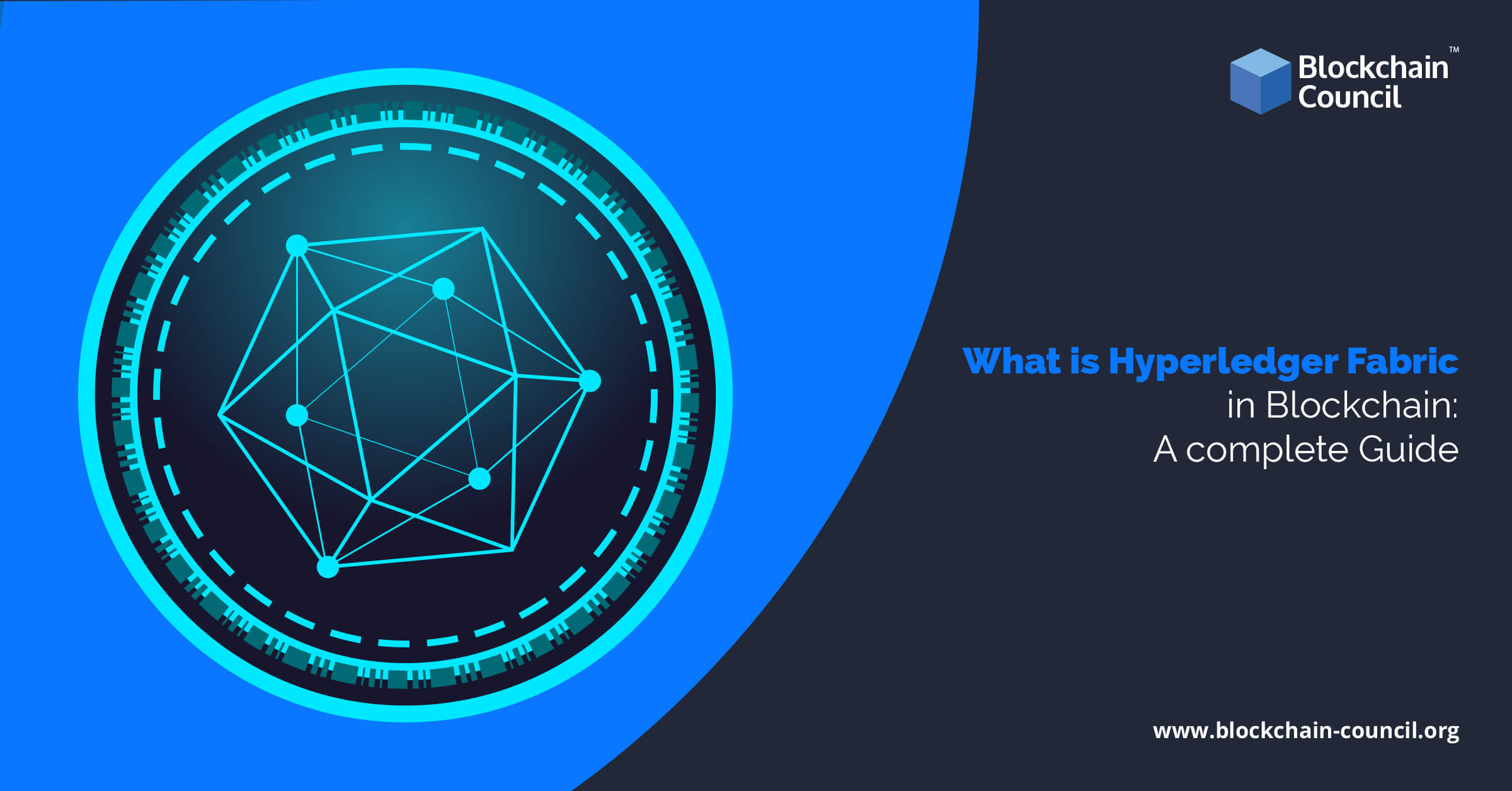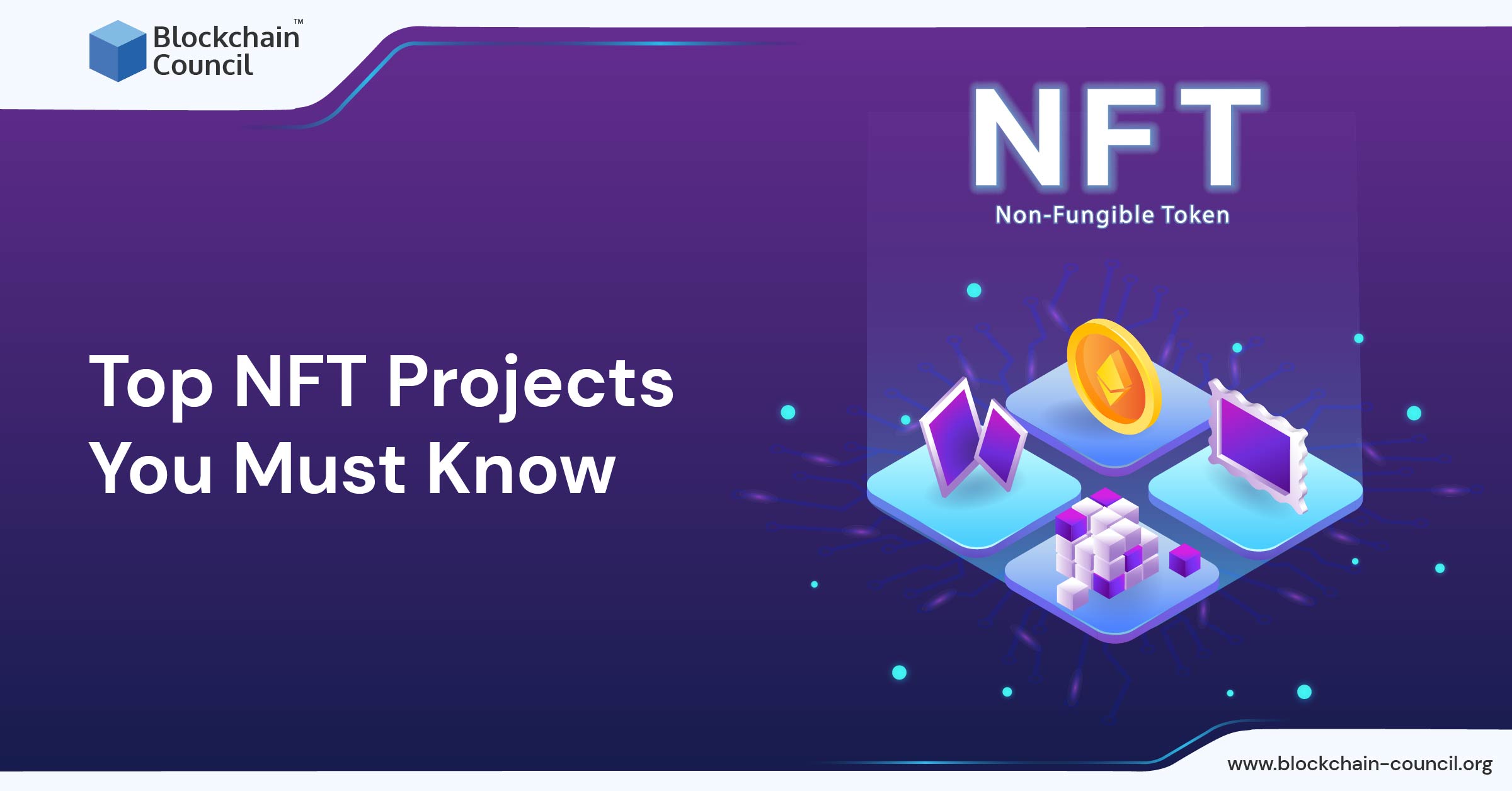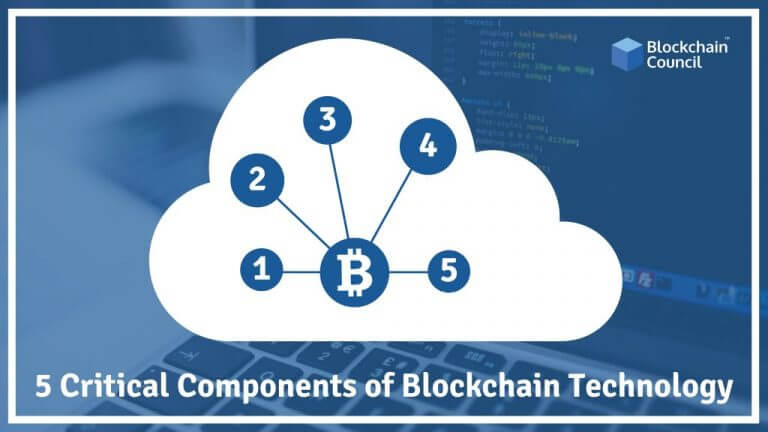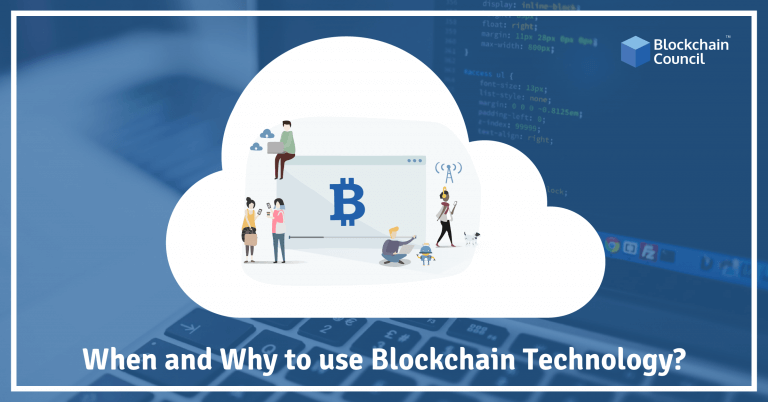
- Anshika Bhalla
- January 05, 2022

Hyperledger Fabric is a customizable architecture-based framework for distributed ledger applications that provide high levels of privacy, robustness, customization, and scalability. It’s built to facilitate pluggable versions of various elements and manage the intricacy and subtleties’ financial ecosystem.
To better understand how blockchains function and the unique characteristics and elements of Hyperledger Fabric, we suggest that first-time users read the rest of the explanation beneath.
We’ll lead you through all that you require to understand about Hyperledger Fabric, like what it is? How to launch your first application on it? In this Hyperledger Fabric article. Let’s begin the report right away.
If you’re already acquainted with blockchain and Hyperledger Fabric, proceed with Getting Started and then move on to the demonstrations, technical requirements, APIs, and other resources.
Table to Contents:
- What is Hyperledger in Blockchain?
- What is the need for Hyperledger in Blockchain?
- The Architecture of Hyperledger Fabric System-
- Assets-
- Chaincode-
- Ledger-
- Security-
- Consensus-
- Confidentiality-
- What do you mean by a Blockchain?
- Distributed Ledger –
- Consensus-
- Innovative contracts-
- What are the advantages of Blockchain?
- The Chain’s Accuracy
- Transactions in Confidentiality
- Reduced Costs
- Now let’s see how to develop an application using HyperLedger Fabric System.
- STEP 1
- STEP 2
- STEP 3
- STEP 4
- Conclusion
What is Hyperledger in Blockchain?
The Linux Foundation (the same corporation behind the Linux Operating System) launched the Hyperledger blockchain initiative in December 2015. This project was established as a core for both the collaborative production of fully accessible blockchain technology and distributed ledgers.
What is the need for Hyperledger in Blockchain?
Hyperledger was founded to advance the discovery as well as the adoption of cross-industry blockchain systems. It is backed by major corporations such as IBM and many others across a wide range of sectors, including finance, IoT, banking, industry, etc.
One thing to keep in mind is that Hyperledger was designed to assist and stimulate the advancement of blockchain technology, not any particular cryptocurrency.
Blockchains can transform online transactions by fostering faith, openness, and trustworthiness, as per the Hyperledger webpage. It was created solely to fulfill that ability. Around 100 companies, comprising industry titans like Nokia, IBM, and Samsung, are part of the Hyperledger blockchain, which meets every month to supervise the development of prospective blockchain frameworks. This Hyperledger neither has any nor will have its coin. It is a vital thing to keep in mind about Hyperledger.
This directly addresses Hyperledger’s purpose: developing robust industrial applications using blockchain technology while remaining apart from the digital currency creation process.
The Architecture of Hyperledger Fabric System-
In this part of the article, we will learn about the design of the Hyperledger Fabric System.
-
Assets-
Assets can vary from the physical (property investment and equipment) to the immaterial (software and trade secrets). By using the chain code transaction process, Hyperledger Fabric allows users to alter assets.
In the Hyperledger Fabric system, assets are portrayed as a series of key-value pairs, with state changes registered as exchanges on a ledger path. Binary and JSON representations are available for assets.
-
Chaincode-
Chaincode is the commercial concept software that defines one or multiple assets and the transaction methods for managing the purchase (s). The criteria for accessing or changing key-value pairs or any other dynamic database entries are enforced by Chaincode. Chaincode operations are started with a transaction idea and run against the ledger’s existing state information. The implementation of Chaincode generates a collection of key-value writes that can be sent to the system and implemented to the ledgers of all users.
-
Ledger-
All value changes in the fabric are recorded in a sequential, damage-resistant ledger. Chaincode abstractions (‘transactions’) supplied by interacting parties cause state shifts. Every transaction generates a collection of asset key-value pairs that have been created, updated, or deleted in the ledger.
A blockchain is used to store permanent, sequential records in blocks, and a database file is used to keep track of the present fabric state. Each channel has only one ledger, which performs an error handling check is conducted before adding a block to guarantee that the conditions of assets that were fetched have not altered since chain code processing time.
-
Security-
Hyperledger Fabric is the foundation of a transactional system in which all members are acknowledged. Cryptographic licenses are related to businesses, networking equipment, and application developers or client apps via Public Key Infrastructure. As an outcome, data access management on the system and channel stages can be regulated and managed. In this way, it makes it secure.
-
Consensus-
Consensus has gradually been associated with a specific method within a particular target in distributed ledger architecture. On the other hand, consensus entails more than just responding on transaction execution, and this distinction is underscored in Hyperledger Fabric by its central position in the whole transaction pipeline, from request and approval to ordering, verification, and pledge. In a word, the consensus is the total authentication of the accuracy of a group of transactions that make up a block.
-
Confidentiality-
Hyperledger Fabric uses an unchangeable ledger and a chain code that may edit and alter the present state of objects. A ledger can operate within the range of a channel — it could be broadcast throughout the existing system or privately run to include precisely a limited number of users.
After all these situations, these parties will make a different channel, isolating and segregating their transactions and the database. A chain code can only be deployed on peers, which needs the information to the asset states to execute reads and updates to overcome situations that seek to fill the space between complete transparency and confidentiality.
When companies on a network want to maintain their transaction information secret, secret record keeping is being used to store it in a personal library that is logically independent of the channel record and available only to the allowed group of companies.
In this way, the channels help keep away transaction process from other networks, and the collections maintain the secrecy of the information.
What do you mean by a Blockchain?
The blockchain contains certain parts like – distributed ledger, consensus, and innovative contracts.
Now let’s see how these parts work.
-
Distributed Ledger –
A distributed ledger has been at the core of a blockchain network, and it tracks all of the network’s transaction activities. Because it is repeated across multiple network users, each of those who collaborate in its upkeep, a blockchain ledger is generally defined as decentralized. We’ll learn how decentralization and partnership are essential characteristics that reflect how businesses transfer products and activities in everyday life.
Furthermore, to be decentralized and collaborative, the data collected to a blockchain is available only when using cryptographic methodologies that ensure that once a payment has been introduced to the ledger, it could not be altered. This feature of “immutability” makes it much easier to identify the authenticity of details because individuals can have the proper information that has not been modified after the transaction. It’s for this reason why blockchains are often referred to as “proof systems.”
-
Consensus-
Consensus is the procedure of maintaining ledger transactions synchronized throughout the platform, ensuring that ledgers only refresh when the relevant users confirm transactions. That is when ledgers make changes in their information. They usually update with the actual transactions in the very same sequence.
-
Innovative contracts-
A blockchain network includes intelligent agreements to offer regulated accessibility to the ledger to ensure the continuous updates of records and permit various ledger functions (transactions, queries, and so on). Smart contracts could be developed to allow users to perform some features of transactions mechanically and be a crucial method for encrypting data and preserving it clear across the system.
For instance, a smart contract may be designed to specify the pricing of transporting goods, with the price changing based on how speedily the product delivers. When both clients accept the conditions and are documented down in the ledger, the relevant payments are sent immediately once the goods are received.
Afterward, you’ll know more about ledgers, smart contracts, as well as consensus. In the meantime, it’s OK to consider a blockchain as a standard, duplicated payment platform that is only updated via intelligent contracts and kept continually synced by a collaborative procedure known as consensus.
What are the advantages of Blockchain?
-
The Chain’s Accuracy
A network of hundreds of computer devices approves payments on the blockchain system. This virtually eliminates human intervention in the authentication process, providing in lower human mistakes and a more reliable collection of data. Even if any of the computers on the system makes a technical fault, it would only affect one blockchain record. To transmit to the remainder of the blockchain, that mistake would have to be committed by a minimum of 51 percent of the network’s machines, which is nearly impossible in a vast and developing network like Bitcoin’s.
-
Transactions in Confidentiality
Numerous blockchain networks function as open databases, allowing anybody with internet service to access the network’s recent transactions. Because users have accessibility to transaction details, they do not have access to personal information about the people conducting the payments. It’s a frequent misconception that blockchain networks such as bitcoin are private, but they’re not.
-
Reduced Costs
Clients typically charge a bank to authenticate a trade, a registrar to endorse paperwork, or a preacher to marry them. The blockchain removes the requirement for third-party authentication, as well as the fees that come with it. Once businesses receive credit card transactions, they must charge a small price to banks and payment service providers to handle the operations. On the other side, Blockchain has no centralized power and only has a small number of transaction costs.
In a nutshell, blockchain networks help decrease the time, expense, and danger involved with confidential data and operations by coordinating the corporate network via a shared ledger while also boosting trust and transparency. You now have a better understanding of what blockchain is as well as why it is helpful. There are numerous other variables to consider, but they all connect to the basic principles of data and process exchange.
Now let’s see how to develop an application using HyperLedger Fabric System.
-
STEP 1
The first step is to construct and deploy the network. Your application will be useless without a functioning network. For installation, you can follow an online guide. To go to the repository containing the prototype network, run the below command when everything is done.
cd fabric-samples/first-network
Then, to execute the network, apply the byfn.sh script. Running this system will improve network connection and deploy critical components such as containers, peers, chain code, and other tools that will aid the other processes.
-
STEP 2
Now it’s time for creating artifacts for creating this run the given command. After that, hit “Y” when prompted for verification.
.byfn.sh generate
-
STEP 3
In this step, we will power up the network. To enable additional peers to connect to the network, this will start all of the parts, including chain code and containers. To activate the network, enter the following command:
./byfn.sh up
-
STEP 4
The next step will be launching the network. To start the network, run the following code :
./startFabric.sh javascript
Now you will have everything you need to construct your application once the network is launched, from orderers to peers to certificate authorities.
Conclusion
Our Hyperledger Fabric post has finally come to an end. The Hyperledger Fabric framework and blockchain technology possess the potential to transform a variety of sectors throughout the globe.
This article showed you how to get started with the Hyperledger Fabric framework and how to develop the application. Apart from this, this article also clarifies Blockchain and its advantages. If you want to learn more about building an actual business software or application, go for a complete online or offline course. If you’re going to open a Hyberledger, always choose a reputed, well-established website that offers handy features. One such website is Blockchain Council which we recommend to all the users.






































































 Guides
Guides News
News Blockchain
Blockchain Cryptocurrency
& Digital Assets
Cryptocurrency
& Digital Assets Web3
Web3 Metaverse & NFTs
Metaverse & NFTs
